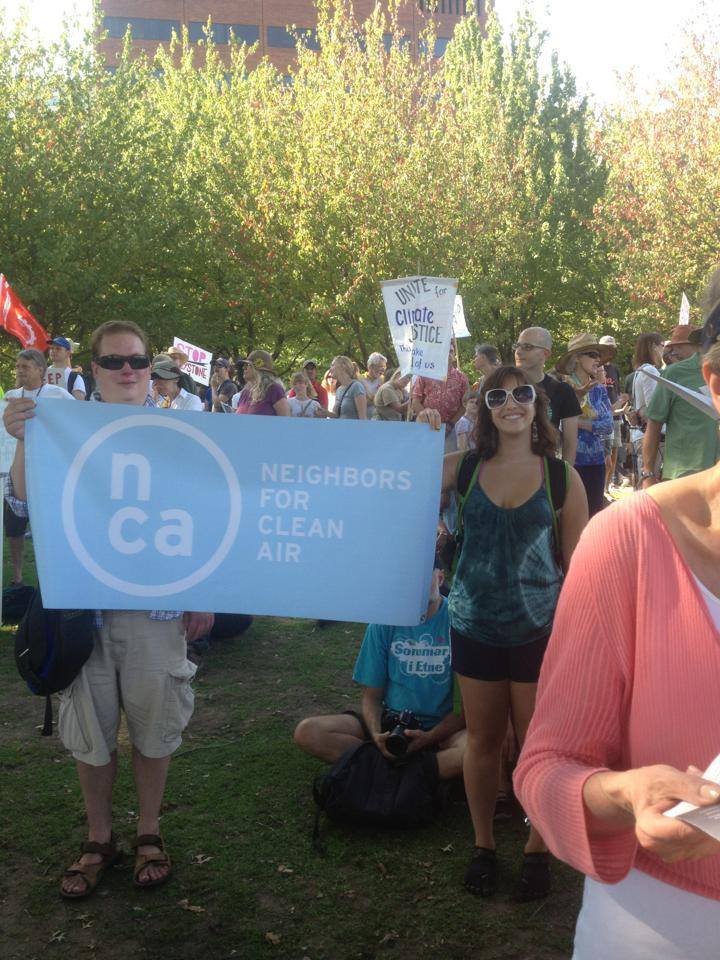
This Clean Air Handbook is dedicated to John Krallman, who was NCA’s brilliant first staff attorney (1982-2021). So much of the knowledge he shared with us is included here, and we’re honored to continue to do our work in his name.

Welcome! Thank you for your interest in improving the air in our communities! Our Clean Air Action Guide is a resource that offers tools and data to allow people to take action to tackle the most persistent sources of bad air in Portland.
Why is this needed? The University of Chicago’s Air Quality Index has found that particulate air pollution is the single largest threat to human health, with 87% of this pollution caused by human activity.
It must be better here in Oregon, right? No. Despite our green reputation, Portland’s air is among the worst in the nation, creating a public health crisis for us all. Ninety percent of Portland residents live in neighborhoods where the air quality can cause cancer. This crisis is worse in BIPOC communities.
We aren’t losing hope, however. We can have cleaner air if we all push for it.

Portland Metro Emissions Sources

While this image gives a snapshot, more simply, sources of bad air can be divided into two categories.


While direct sources are of deep concern, indirect sources create far more air toxics. This is pollution created at sites from which various polluters come and go, like construction sites, distribution centers, and shipyards.
Because of its dispersed nature, indirect pollution is difficult to visualize as a threat. In Portland, the most common indirect sources are construction, followed by rail, shipping, distribution centers and, in the surrounding areas, agriculture and logging.
Among these categories, there is another way to look at air pollutants – six toxics regulated by the Clean Air Act, known as criteria pollutants and another 189, known as HAPS (Hazardous Air Pollutants) that are not.
We’ll get into the regulations surrounding air toxics, but first, how do these pollutants affect you?
The persistence of bad air has significant effects on our health, including causing cancer, asthma, COPD, heart conditions, nerve and developmental issues and more.
In Portland, more than 14 carcinogenic air toxics exceed state benchmarks, meaning there are unhealthy levels of these pollutants in the air.
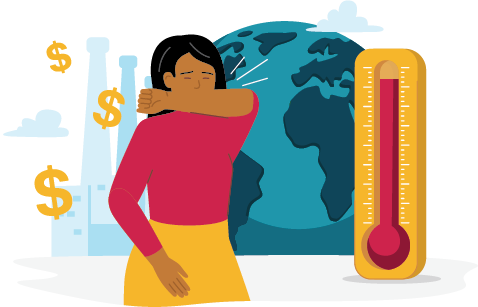

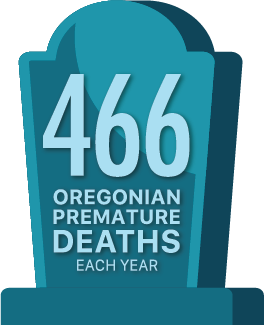
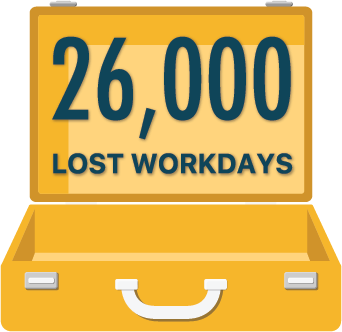

It’s worse in Oregon than elsewhere as leadership has set “healthy” PM standards 30x greater than our neighbors to the north and south.
Diesel, and the black carbon it emits, also harms our climate.
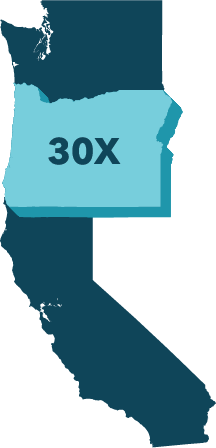

First, industrial polluters are often sited nearer to BIPOC neighborhoods. In Portland, thirty-eight percent of BIPOC people live next to an industrial polluter compared to 33% of white people.
Major transportation venues and distribution centers often dissect BIPOC neighborhoods as well. Go here for more information about this history in Portland.
In addition, the Multnomah County Department of Health found that BIPOC communities are exposed to 2-3 times more diesel pollution than other populations.
Children suffer particularly, as they breathe at higher rates than adults and therefore breathe in more pollution. The risks are clear. Combining exposures faced by BIPOC communities to the higher risks to children means that BIPOC children are among the most harmed by poor air quality.
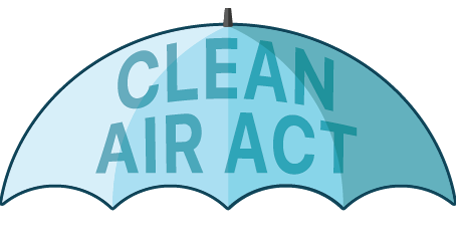
In 1970, after years of smoggy, harmful air, the federal government passed the Clean Air Act. It became one of the most effective tools for protecting our air – and in later analysis – one of the most effective public health initiatives in our nation’s history.
What does it cover? Only 6 major pollutants.
The federal government sets the standards and then state governments regulate them through means such as permits, emissions standards and more. In Oregon, the regulatory entity is the Department of Environmental Quality (DEQ).
There remain dozens of identified, harmful toxics in our air that are under or unregulated. Some states have chosen to regulate significant numbers of those. Oregon has not.
A 2016 Forest Service study found significant levels of underregulated toxics near industrial polluters in Portland.
In response, the State of Oregon, with guidance from NCA, created the Cleaner Air Oregon, which sets health benchmarks for industrial pollutants. Actions are now being taken against the most egregious polluters.
Even then, Oregon has the most permissive permitting process in the country, allowing industrial facilities to operate at levels decades old. Permits allow extensive pollution and yet, the levels rarely exceeds lax State limits.
Wood Smoke – Wood burning is regulated in some jurisdictions, including in Multnomah County, but many areas of Oregon remain at risk. For more information, go here.
NCA was a key part of a coalition effort to push for greater oversight of woodsmoke in Multnomah County.
The DEQ regulates vehicle emissions, but only tests for these emissions in Portland and Medford.
Even in Portland and Medford, many vehicles are exempt from inspections, including heavy duty diesel trucks.
NCA has been effective in establishing regulations for diesel trucks, both in the phase-out of older models as well as standards for new ones.
The most significant source of unregulated pollution comes from non-road, indirect sources of pollution, such as rail, shipping and construction diesel equipment. Even though newer, cleaner engines exist, old and dirty engines remain in use and are relatively unchecked.

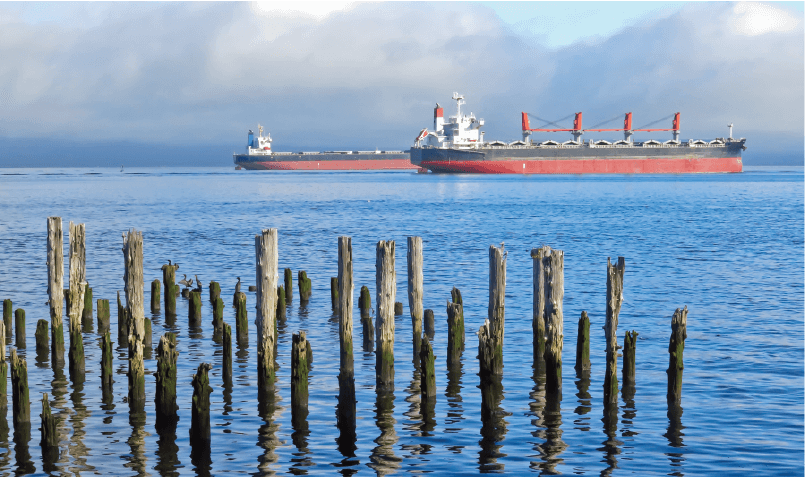
As an international port, Portland is polluted by the dirtiest diesel available, known as “bunker fuel”. Given that ships come from other states and nations, it’s difficult to create localized regulations despite the risks.
Portland’s prominence as a port leads to increased rail activity. Rail is often touted as the most energy efficient way to transport goods, but old trains can pollute not only the surrounding neighborhoods but those traveling by train. As rail is regulated nationally, it’s difficult to protect our community.

While rail and shipping are significant, old construction equipment is the largest source of diesel pollution in the Portland Metro Area. Go here to see the construction activity in your neighborhood.
While Multnomah County and the City of Portland have created Clean Construction Standards, the vast majority of construction is unregulated.
Despite several opportunities to do so, state and local leadership have not enacted the necessary, protective standards for off-road, indirect sources of diesel. Really, while the problem may seem overwhelming, policies and plans to start transitioning older equipment to newer, cleaner engines would reduce our pollution in extraordinary ways.



This simple question has a complex answer. For an overview of monitoring types and systems, go here.
We see the results of what monitors gauge in reports like the EPA’s National Air Toxics Assessment (NATA) produced by EPA, which synthesizes data on air toxics on an annual basis and a more local model, the Portland Air Toxics Solutions program (PATS).
Another key data site is the AirNOW index, organized by a number of federal agencies, which gathers data from a collection of about a 1/2 dozen monitors in the Portland area. In Portland, the DEQ is a partner in these monitors.
For more information about air monitoring, please go here for an NCA webinar on the topic!
NCA has focused in particular on the Purple Air Network. These relatively inexpensive monitors can be set up at homes, community centers, near schools and more. They democratize the data, meaning that everyone can access information and greater understand the sometimes-hyperlocal sources of pollution in their neighborhoods.

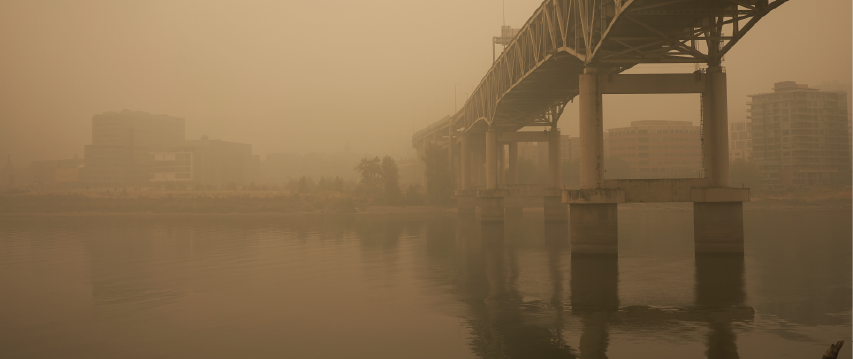
NCA is dedicated to filling the gaps in the Clean Air Act and addressing Oregon’s worst sources of pollution. We know we have a big job to do, but with involvement of our community, we’ve been able to find success through a multitude of avenues.
To make change, you can first engage in some simple tools of advocacy, including sending emails, making phone calls, and providing testimony at issue-related meetings. For more information on community-engagement, go here!
There are other key tools, like writing op eds, protesting, demonstrating at the sites of offending polluters and more. Sign up at www.neighborsforcleanair.org to get connected to these and other efforts.

For air quality issues that require broad-based, regulatory change, pursuing new policies at the state or local level can have significant impact. NCA has found measurable success bringing together community members in collective efforts to push for policy change.
The one big breakthrough was the adoption of Cleaner Air Oregon in 2018, mentioned earlier, which was the result of a massive outcry from communities across Oregon. Now, health benchmarks can be enforced, resulting in a healthier community. See the next page for one huge improvement.
Then, in 2018, NCA helped lead a coalition effort to inform the passage of House Bill 2007, which ensures that older, high emission medium and heavy duty trucks would be phased out in the Portland Metro Area.
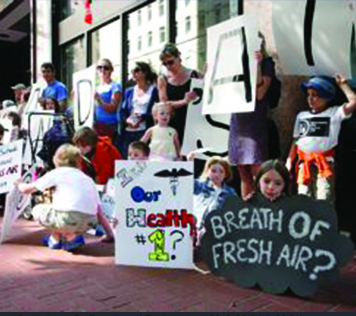
We then took it a step further in 2021, pushing the DEQ to adopt California’s truck rules to ensure that in a few years, all new medium and heavy duty trucks sold in Oregon would be low emission or electric.
We’re pushing for more policy changes that will dramatically improve our air. Join us!


Change can also come when pushing agencies to enforce current regulations. It’s possible to breathe clean air — together, we can make it happen.
For example, NCA joined a coalition effort to push the DEQ  to apply the health benchmarks established by Cleaner Air Oregon and take action against one of Oregon’s worst polluters, Owens-Brockway. As a result, the glass recycler had to reduce emissions by 95% and commit hundreds of thousands of dollars to neighborhood environmental projects.
to apply the health benchmarks established by Cleaner Air Oregon and take action against one of Oregon’s worst polluters, Owens-Brockway. As a result, the glass recycler had to reduce emissions by 95% and commit hundreds of thousands of dollars to neighborhood environmental projects.
Every resident of Oregon can comment on the permits being considered by the DEQ. To see the list of permits being considered, please go here!
One great example of neighborhood cohorts taking action is through a Good Neighbor Agreement (GNA). A GNA is a voluntary agreement where company officials, project managers and owners agree to take actions to reduce and manage the pollution impacts of their activities. NCA has been a part of several significant GNA’s that have led to significant reductions of pollution in our region.
NCA has been able to promote clean air by ensuring our leaders follow the law. Our most recent success came through a coalition effort to sue the federal government for accepting an incomplete environmental assessment of the expansion of the 1-5 freeway. The result? The federal government withdrew its initial approval of the project!
Another tool for change can be the filing of Public Nuisance Complaints.
Daimler Trucks is an example. When neighbors in the North Portland neighborhood began smelling paint odors, they gathered together, and with NCA’s guidance, filed. aPublic Nuiscance Complaint.
The Department of Environmental Quality then entered a Best Work Practices Agreement intended to clean up Daimler’s painting process. While progress has been made, neighbors still periodically smell the odors and are continuing to push for tighter standards.

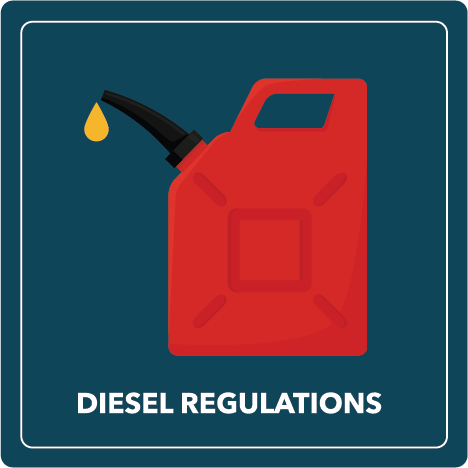
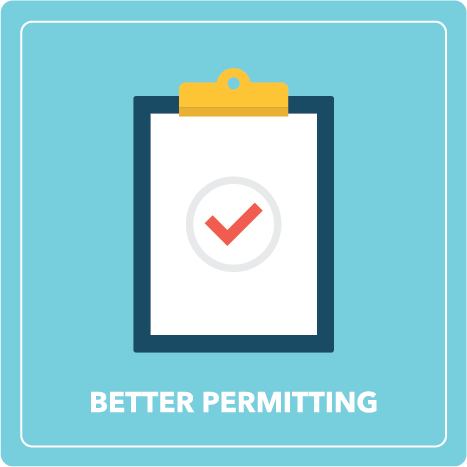

You can propel action for clean air by donating today! Considering that less than 1% of all philanthropic dollars goes to clean air, your gift is very appreciated!
Check applications like Purple Air and AirNow before going outside or engaging in strenuous activity.
While walking or cycling, avoid major streets and intersections where possible. Take side streets to stay safe and healthy.
Close your windows and stay indoors as much as possible during bad air quality days. Use an air conditioner if you have one, and make sure to change your filters regularly.

Advocates Guide Designed by Pendulum Group – Miguel Elias